Lungs
The lungs are important organs in the respiratory system that facilitate the exchange of oxygen and carbon dioxide in the body. They are located in the thoracic cavity and are protected by the rib cage.
Anatomy of the Lungs
The lungs are divided into lobes - the right lung has three lobes (upper, middle, and lower), while the left lung has two lobes (upper and lower). The bronchial tree, consisting of bronchi and bronchioles, carries air into the lungs and spreads it to the alveoli, where gas exchange occurs.
Function of the Lungs
The primary function of the lungs is to facilitate gas exchange. When we inhale, oxygen from the air is taken into the lungs and then transported to the bloodstream. At the same time, carbon dioxide is released from the bloodstream into the lungs and exhaled out of the body.
Respiratory System
The lungs are part of the larger respiratory system, which includes the nose, nasal cavity, pharynx, larynx, trachea, bronchi, and diaphragm. This system works together to provide oxygen to the body's cells and remove carbon dioxide waste.
Study Guide
- Describe the location of the lungs in the body.
- Explain the structure of the lungs, including the lobes and bronchial tree.
- What is the primary function of the lungs?
- Discuss the role of the respiratory system in maintaining gas exchange.
- How does the process of inhalation and exhalation occur in the lungs?
Understanding the anatomy and function of the lungs is crucial for comprehending the respiratory system and its role in maintaining homeostasis in the body.
.◂Science Worksheets and Study Guides Sixth Grade. Introduction to Animals
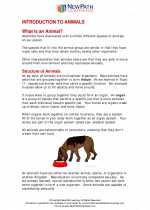
 Activity Lesson
Activity Lesson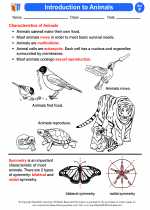
 Worksheet/Answer key
Worksheet/Answer key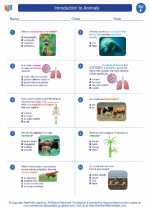
 Worksheet/Answer key
Worksheet/Answer key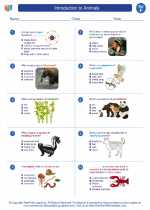
 Worksheet/Answer key
Worksheet/Answer key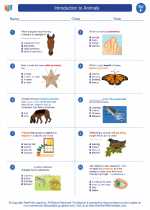
 Vocabulary/Answer key
Vocabulary/Answer key
 Vocabulary/Answer key
Vocabulary/Answer key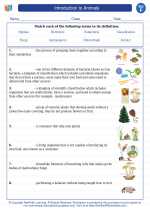
 Vocabulary/Answer key
Vocabulary/Answer key
 Vocabulary/Answer key
Vocabulary/Answer key
